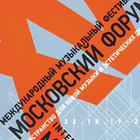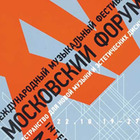In recent years, questions of ecology have ceased to be a subject related only to science or production technologies, but have advanced to the rank of the most crucial social and political themes. Despite the fact that ecological issues have been well known, the realization of the critical importance of their study emerged only in the early 1970s, when UNESCO instituted a special program titled The Human Being and the Biosphere. It is interesting to note that artists have realized, much earlier than scientists and politicians did, the global nature of the problems of ecology, and its direct connection not only with the biosphere, but also directly with culture, ethics and art.
In the 1960s, the “father of acoustic ecology” Raymond Murray Schafer wrote his work The New Sound Landscape, followed by a second work, “The Tuning of the World”, which are becoming a theoretical foundation for the creation of “compositions for the natural medium”. The selfsame Shafer also became one of the initiators of adopting a law against noise pollution. In the 1960s, John Cage declares in one of his essays: “Music as I conceive it is ecological. You could go further and say that it IS ecology” (Cage. For the Birds). The composer did not make any distinctions between nature and culture, sound and space, instrumental (or vocal) sound and noise. Back in the 1960s Luc Ferrari began working on his Hétérozygote, a composition for magnetic tape in which the sounds of the external environment are used for the creation of musical dramaturgy. Finally, his composition Le lever de jour au bord de la mer (1970), which has become a classic of the genre, constructes entirely by means of montage of fragments of tape recording made by the composer during the course of an entire day on a beach.
However, by no means only ambient recordings or compositions for the natural medium present “ecological music”. In the present time, one of the aesthetic canons of the genre is exemplified by the music of John Luther Adams, which is broadly presented in world concert practice. According to the composer himself, during the course of his entire life he “has searched for the ecology of music, supposing that music may be conducive to the awakening of our ecological understanding”. It is noteworthy that in 2011 Adams received the Heinz Award, bestowed for his achievements in the field of environmental protection and his contribution to development of the arts. Two works by Adams are performed in our programs, reverse in their imagery, while at the same time representing adequately the composer’s style — Dark Wind and The Light That Fills the World. This is what the composer writes about himself: “In my compositions there are only… slowly changing colors on a super temporal white plane. While its sides are blurred. Separate sounds merge into one acoustic horizon; harmony and color combine with space and time… Music aspires to lead us beyond the limits of syntactic meanings, even beyond the boundaries of images, in order to teach us to listen to ourselves within an enshrouded whole. These deceptively static sound fields are site of constant changes. But the experience of listening to them present not as much a journey through a musical landscape, as sitting in immobility, when the wind and the weather, light and shadows slowly change around us”.
Das Andere by Horațiu Rădulescu, one of the strangest of the 20th century visionary composers, presents 18 minutes of continuous “fusion of the sound plasm”, which stems from the high G of the third octave to the C of the tenor octave — encompassing the entire viola range. The special abstract notation invented by the composer does not give the performer a single chance of “concealing himself” behind the notated and learned music, it provokes the musician to a constant search for new sound pertinent to the conditional notation, albeit, one which corresponds precisely to the composer’s intentions. With each subsequent performance the piece does not repeat itself, but is created here and now. It is possible to discover in it an entire encyclopedia of Rădulescu’s techniques, by means of which the composer attempted to “place the performer at a boundary between notated and substantially created sound, into a domain in which the state of trance is achieved”. The piece is built on the alternation of two types of textures, which are repeated from the beginning to the end of the piece without any special changes, thereby creating a peculiar kind of “controlled meditation”.
Dvo_YE by Anna Pospelova bases on the elements of words from Elizaveta Mnatsakanova’s poem Spring Music…. The fragmented poetical text here is merely the building material for the electronic sound, but it integrates to a certain degree into the flute part.
The sound landscape of Crépuscule du soir mystique by Natalia Prokopenko is composed of rustles and glide sounds in such a way that separate phonemes help shape the respective stages of the gradual formation of Sound, Word and Meaning.
The images of nature in the Sakura-Variationen by Helmut Lachenmann and The Singing of Birds by Edison Denisov have induced the classics of avant-garde music to reveal certain stylistic features untypical for them. Lachenmann’s Variations do not contain anything from his signature musique concrète instrumentale, but rather present collaged postmodernist melodic constructions with diverse stylistic connotations. On the other hand, in Denisov’s piece it is particularly the musique concrète — the sounds of the birds — which provides the foundation of the sound, generating imitational answers from the piano, the part of which is entirely notated graphically.
Shout, Rustle, do not be Silent by Elizaveta Zgirskaya presents the composer's passionate utterance in the genre of video art about the destruction of the wooden architecture in her native city Tomsk.
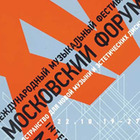

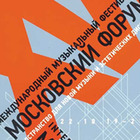
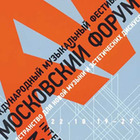
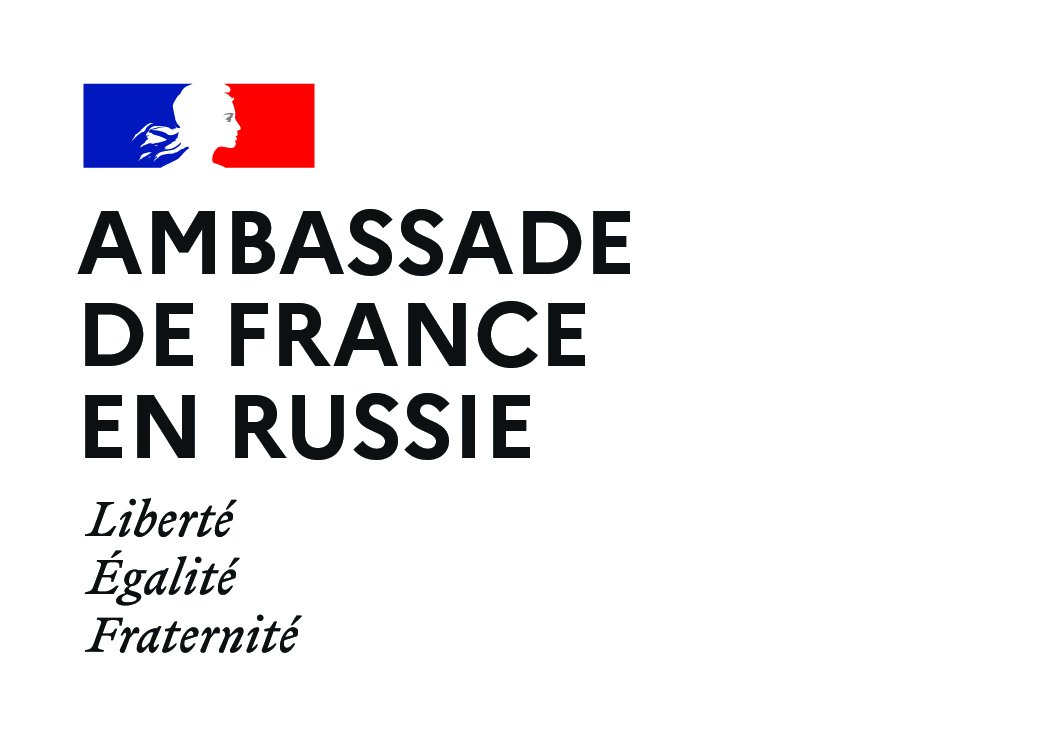
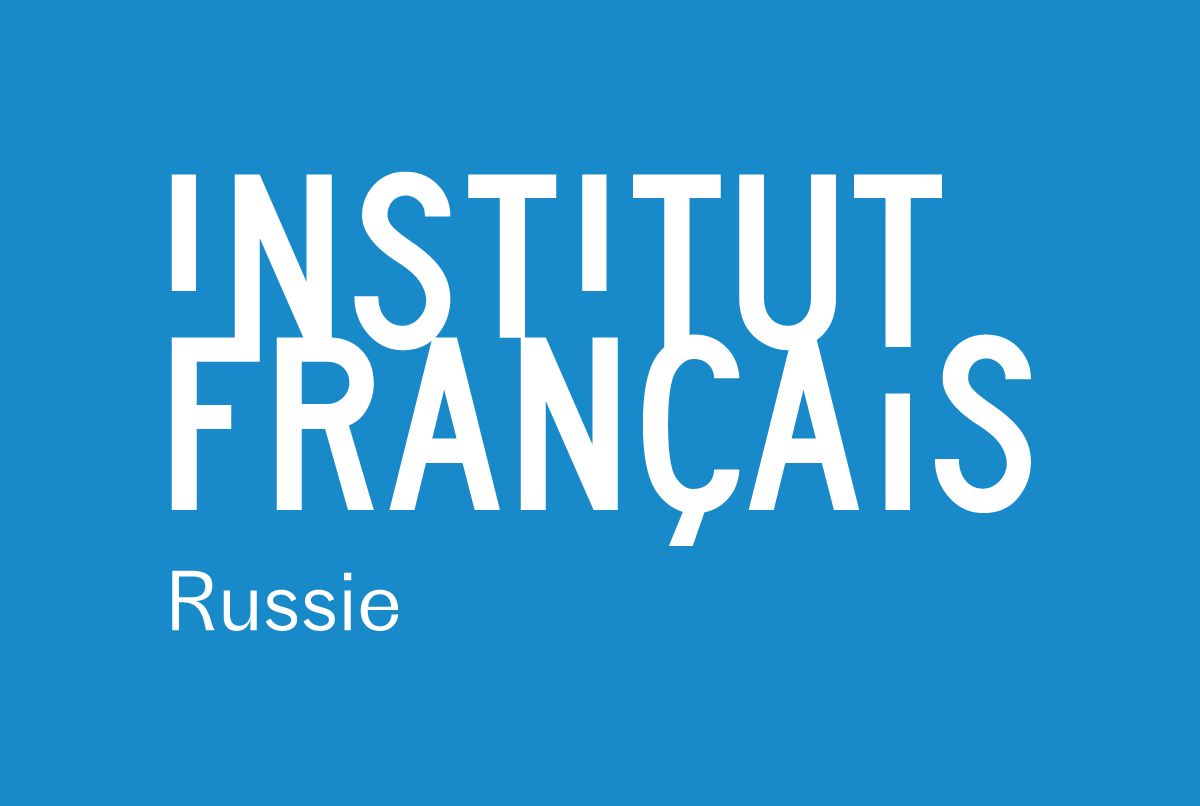
.jpg)
